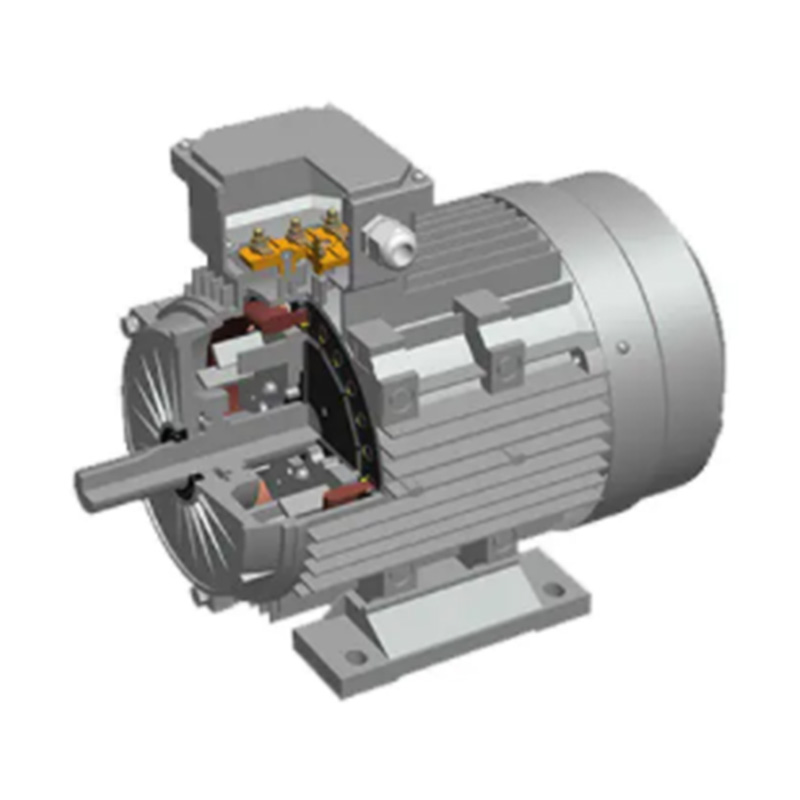The 3-Phase Permanent Magnet Synchronous Motor (PMSM) is widely regarded as one of the efficient types of motors used across various industries. Known for its high efficiency, reliability, and precision, it is commonly utilized in applications ranging from industrial machinery to electric vehicles and renewable energy systems. However, despite its popularity, one important consideration that affects its adoption is its price. The price of a 3-Phase Permanent Magnet Synchronous Motor can vary significantly depending on several factors, from manufacturing costs and material selection to performance specifications and application requirements.

One of the primary drivers of the price of a 3-Phase Permanent Magnet Synchronous Motor is the materials used in its construction. These motors rely on high-quality permanent magnets, typically made from rare-earth elements such as neodymium, dysprosium, or praseodymium. The cost of these materials plays a significant role in determining the motor's overall price.
Rare-earth magnets, while offering performance in terms of energy density and efficiency, are expensive due to the mining and refining processes required to extract these elements. Additionally, supply chain fluctuations—such as political factors, environmental regulations, or market demand—can influence the availability and cost of these materials. In times of scarcity, the price of the magnets rises, which in turn increases the production cost of the 3-Phase Permanent Magnet Synchronous Motor.
The manufacturing process also contributes to the price. While PMSMs are more efficient and compact than traditional induction motors, they require precise engineering and high-quality production standards. The assembly process for these motors involves meticulous alignment and balancing, as well as ensuring that the permanent magnets are securely and accurately placed in the rotor. Higher-quality manufacturing processes typically result in a higher price but also ensure better performance and reliability.
Another significant factor that determines the price of a 3-Phase Permanent Magnet Synchronous Motor is the motor's specifications. Motors come in various power ratings, sizes, and configurations, and each variation influences the final cost.
Larger motors with higher power ratings generally cost more due to the increased material requirements and greater engineering complexity. The size of the motor impacts its weight, the quantity of rare-earth magnets used, and the amount of copper and steel in the stator and rotor. A motor designed to drive large industrial machines or to power heavy-duty applications will be priced higher than a smaller motor intended for household appliances or electric vehicles.
The voltage rating of a 3-Phase Permanent Magnet Synchronous Motor also affects the price. Motors designed for high-voltage applications, such as in large-scale industrial operations or power plants, often require more sophisticated components to ensure safety, stability, and operational efficiency. Furthermore, efficiency classes play a role in determining the cost—motors with higher efficiency levels generally have higher initial prices but can offer cost savings over time due to their reduced energy consumption.
The torque and speed characteristics of a 3-Phase Permanent Magnet Synchronous Motor can influence its price as well. Motors designed for precise speed control, such as those used in robotics or conveyor systems, may incorporate advanced electronic control systems, which can increase the cost. These motors require sophisticated controllers and sensors to ensure accurate performance, adding to the price of the motor.